Norfolk Island Pine Care: Expert Tips For A Lush, Tropical Tree Indoors
Caring for a Norfolk Island pine as an indoor plant requires a few specific conditions, but is well worth the effort. Here's how to do it.
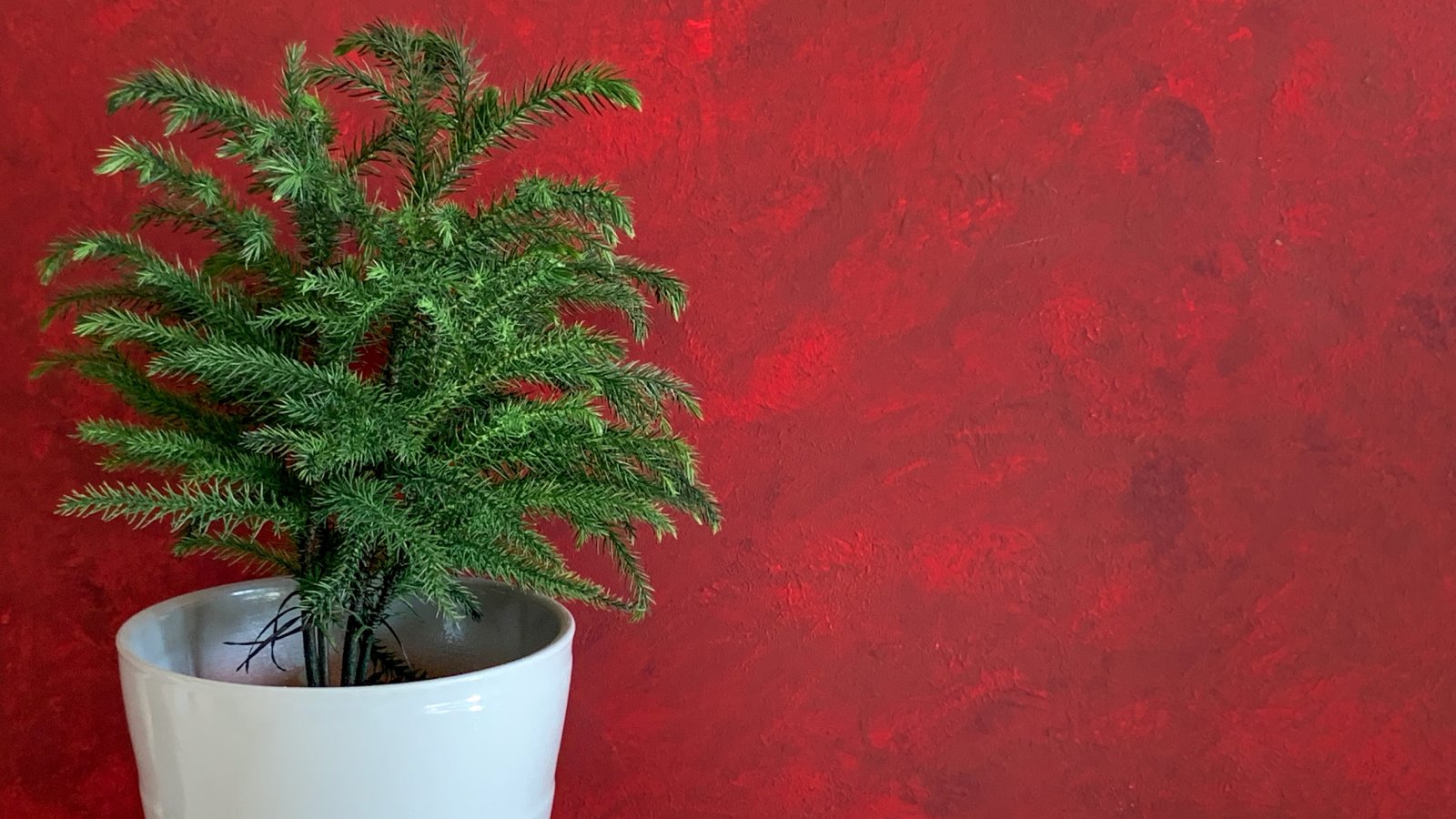

Teo Spengler
Quick Norfolk Island Pine Facts:
Botanical name: Araucaria heterophylla
Height: 80-200 ft, up to 8-10 ft (2-3 m) indoors
Spread: 12-20 ft, 2 - 3 ft (3.6-6 m) indoors
Sun: Bright indirect light
Soil: Well-draining with high organic content
Hardiness zones: 9-11
When to plant: Spring or fall
Norfolk Island is a South Pacific paradise and the home of a tree called Norfolk Island pine. In the wild, these trees tower some 200 feet. However, these “pines” are also sold as small ornamentals, often used as potted Christmas trees.
Anyone caring for a Norfolk Island pine should know that these trees are not pines at all, and require entirely different cultural care as indoor houseplants.
Let's take a look at how to grow a lush Norfolk Island pine tree that you can enjoy long past the holiday season, for many years to come.
Norfolk Pine Care
The preferred Norfolk pine care is typical of ornamental plants that are, in the wild, rainforest plants. Here are the details about how to care for Norfolk pine.
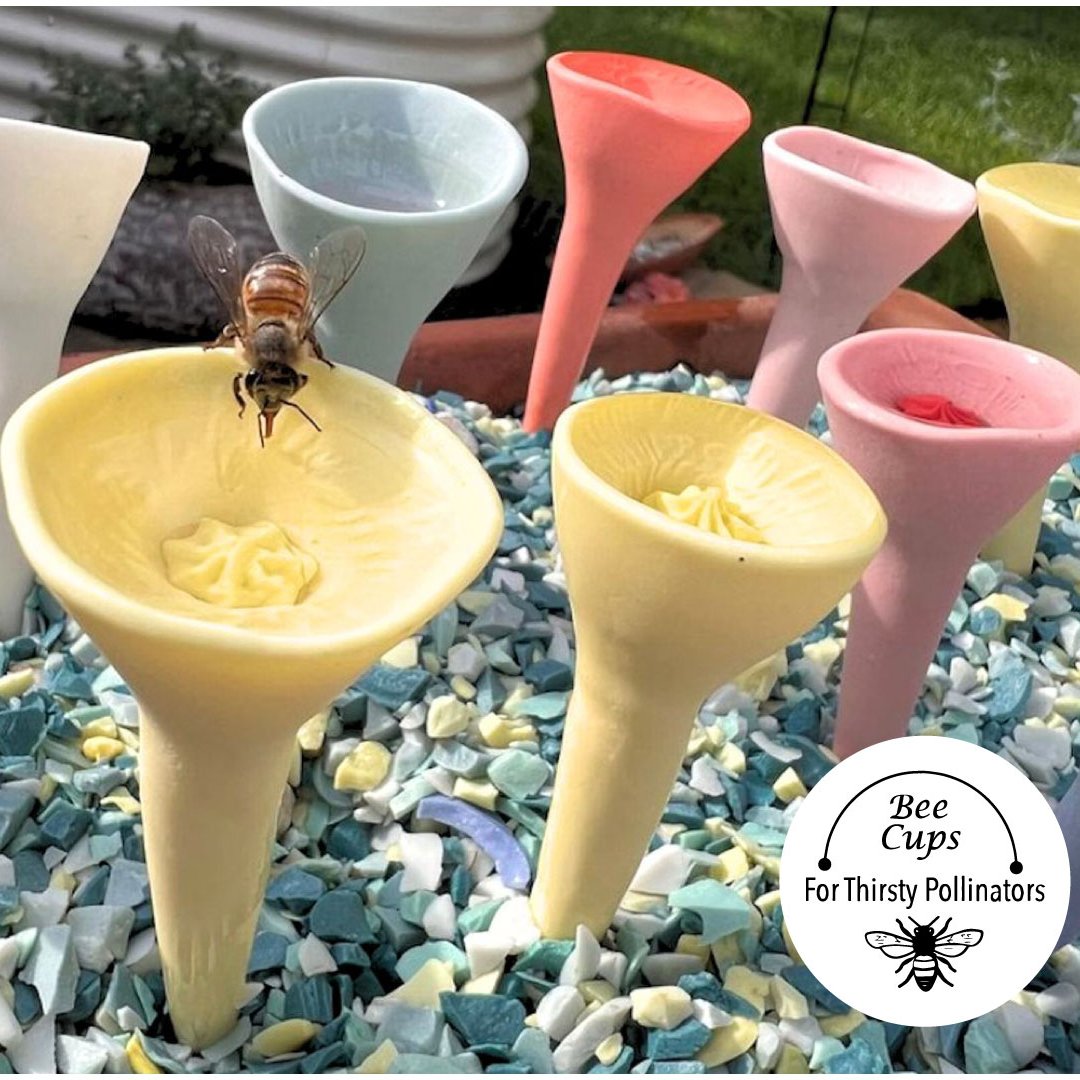
Get this year's gifts from small, women-owned businesses in the Gardening Know How shop.
Light
Norfolk Island pine needs sun, but direct sun is not the ideal exposure. Rather, a location in the yard or in the home that gets bright indirect light is best. The plant can survive in lower light situations too but may thrive in a south-facing window, where it can tolerate full, indirect, bright light.
Water
Norfolk Island pine grows in the wild in a rainforest environment. In cultivation, the plant requires moist soil. Be sure not to confuse moist with wet, since wet soil may cause root rot. Providing too much water is the primary reason for the death of indoor plants. Water Norfolk Island pines when the top layer of the soil feels dry.
Temperature
The temperature you prefer in a home is likely just fine for indoor Norfolk Island pine plants. This plant is flexible about temperature indoors as long as it’s within a normal average range. It can also stay outdoors until nighttime temperatures fall into the 50s (10-15 C).
Gardening tips, videos, info and more delivered right to your inbox!
Sign up for the Gardening Know How newsletter today and receive a free copy of our e-book "How to Grow Delicious Tomatoes".
Norfolk pines are not cold hardy. They are a tropical plant and cannot tolerate temperatures below 35 degrees F (1 C). In many parts of the US, the Norfolk Island pine tree cannot live outside year round, and needs to be kept away from cold drafts.
Humidity
As a rainforest plant, Norfolk Island pine likes humid air. The plant will appreciate the increased humidity that comes from sitting on a pebble tray or living near grouped houseplants. It also helps to use a humidifier in the room, or provide a weekly misting of the tree.
Soil
The preferred soil for this plant will have plenty of organic matter. Folks at the New York Botanical Gardens recommend, “For the soil, use a sandy, peaty, slightly acidic mix.” Excellent drainage is essential.
Fertilizer
Many homeowners grow Norfolk Island pine without adding plant food. However, if you wish to fertilize the plant, use diluted applications of a liquid houseplant fertilizer. How frequently? Some experts say twice a year, others say twice a week during the growing season. Or, you can fertilize a Norfolk pine in the spring and summer with a water soluble balanced fertilizer.
Problems, Pests & Diseases
Norfolk pine trees are relatively healthy but, like other plants, can suffer from some issues. Most are caused by incorrect cultural care, especially overwatering. You should also keep an eye out for spider mites or scale. They can also be vulnerable to sooty mold and leaf spot.
It is normal for Norfolk Island pine trees to have some browning on the bottom branches, which may indicate it is needing water. However, if the brown branches seem to be high on the plant or all over the tree, this is a sign that the plant is either overwatered, underwatered, or is not getting enough humidity.
Pruning a Norfolk Pine
Pruning Norfolk pines is not generally necessary, although dead, broken or damaged branches should be removed.
Norfolk Island Pine Propagation
The best way to propagate Norfolk Island pine is by seed. Place the seeds on moist, sandy soil and mist them. Put the seed tray in bright, indirect light and keep the soil medium moist until germination.
Repotting a Norfolk Pine
The general rule of thumb is to repot Norfolk Island pines annually but at least 2-4 years. Use a slightly larger container and fertile, porous, well-drained potting soil, sinking the plant’s roots about 2 to 3 inches (5-8 cm.) below the surface of the soil.
Planting a Norfolk Island Pine Outside
If you are planting your Norfolk Island pine in the landscape, the process is very like any other small container tree. You dig an ample hole, put the plant in the soil so that the level of the soil remains the same, and water it in well. Be sure to select a site carefully so that the plant’s requirements are met.
Frequently Asked Questions
Can a Norfolk Island Pine Go Outside?
If you live in a relatively warm climate, USDA zones 9 through 11, your Norfolk Island pine may grow outdoors if its required conditions for soil, moisture and light are met.
Should You Mist an Indoor Norfolk Island Pine?
These trees like humidity. While misting does create temporary humidity in the air, the preferred methods are to use a pebble and water tray and/or grouping houseplants together.
This article features products available from third-party vendors on the Gardening Know How Shop.

Heather Rhoades founded Gardening Know How in 2007. She holds degrees from Cleveland State University and Northern Kentucky University. She is an avid gardener with a passion for community, and is a recipient of the Master Gardeners of Ohio Lifetime Achievement Award.
- Teo SpenglerWriter
-
 How To Make A Bouquet Garni Or Herb Bundle For Cooking
How To Make A Bouquet Garni Or Herb Bundle For CookingIf you’re a great cook, you may have made an herb bundle before. If this is a new idea, learn how to add sparkle and interest to your dish with a bouquet garni.
By Amy Grant
-
 ‘Coral Charm’ Peony Care For Sublime Semi-Double Peonies With Lush Salmon Pink Flowers
‘Coral Charm’ Peony Care For Sublime Semi-Double Peonies With Lush Salmon Pink FlowersPeonies are known for their soft baby pink or magenta tones, but if plushy coral blooms are your thing, here’s our guide to the ultimate ‘Coral Charm’ peony care
By Tonya Barnett
-
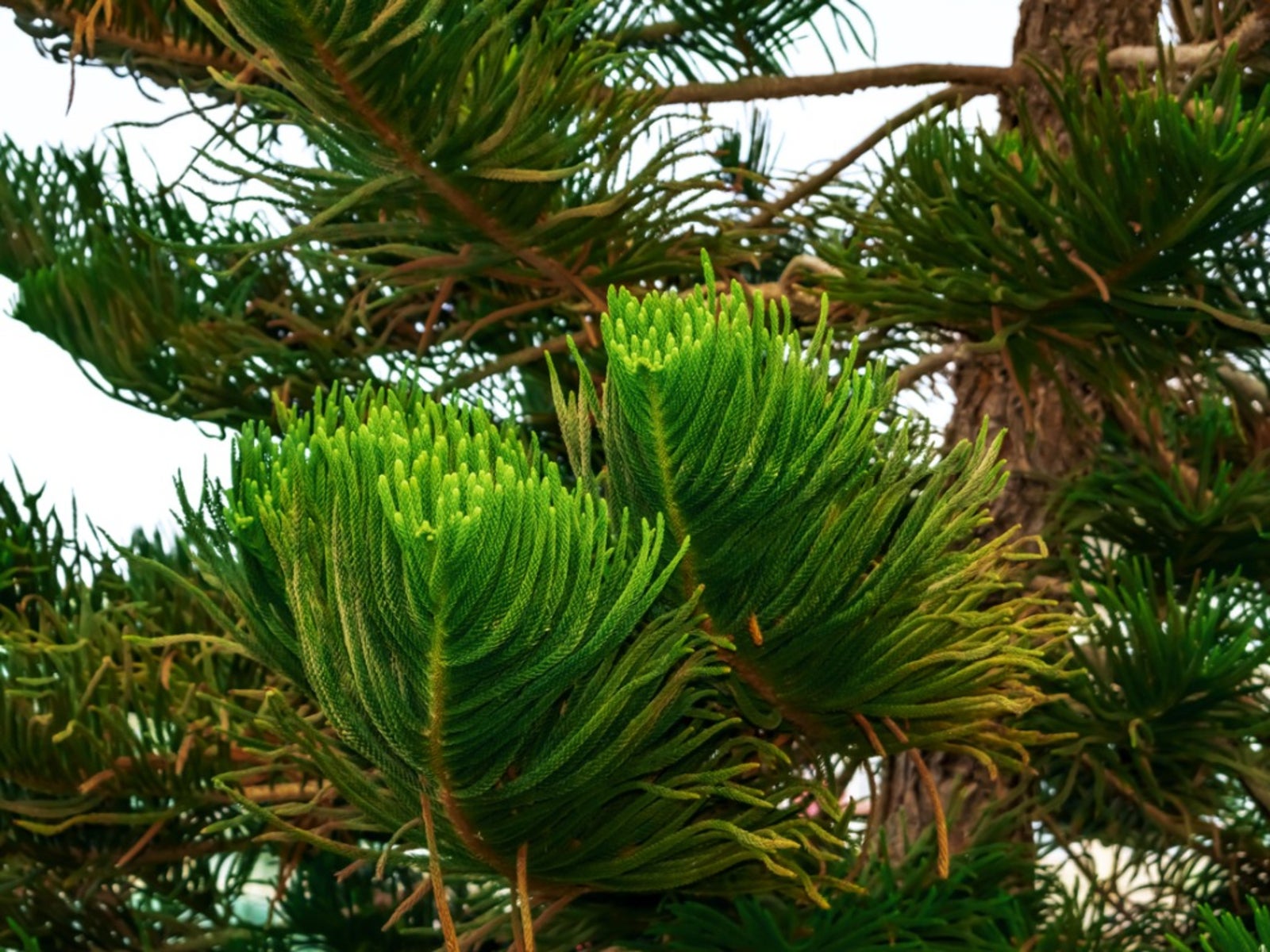 Yellow/Brown Norfolk Pine Leaves: My Norfolk Pine Is Turning Brown
Yellow/Brown Norfolk Pine Leaves: My Norfolk Pine Is Turning BrownIf the foliage of your lovely Norfolk pine is turning brown or yellow, jump in and try to determine the cause. Although most browning e results from problems with cultural care, it may also indicate diseases or pests. Click here for information on yellow/brown Norfolk pines.
By Teo Spengler
-
 Norfolk Pine Water Requirements: Learn How To Water A Norfolk Pine Tree
Norfolk Pine Water Requirements: Learn How To Water A Norfolk Pine TreeNorfolk pines (also frequently called Norfolk Island pines) are big beautiful trees native to the Pacific Islands. But how much water does a Norfolk pine need? Click this article to learn more about Norfolk Island pine water requirements.
By Liz Baessler
-
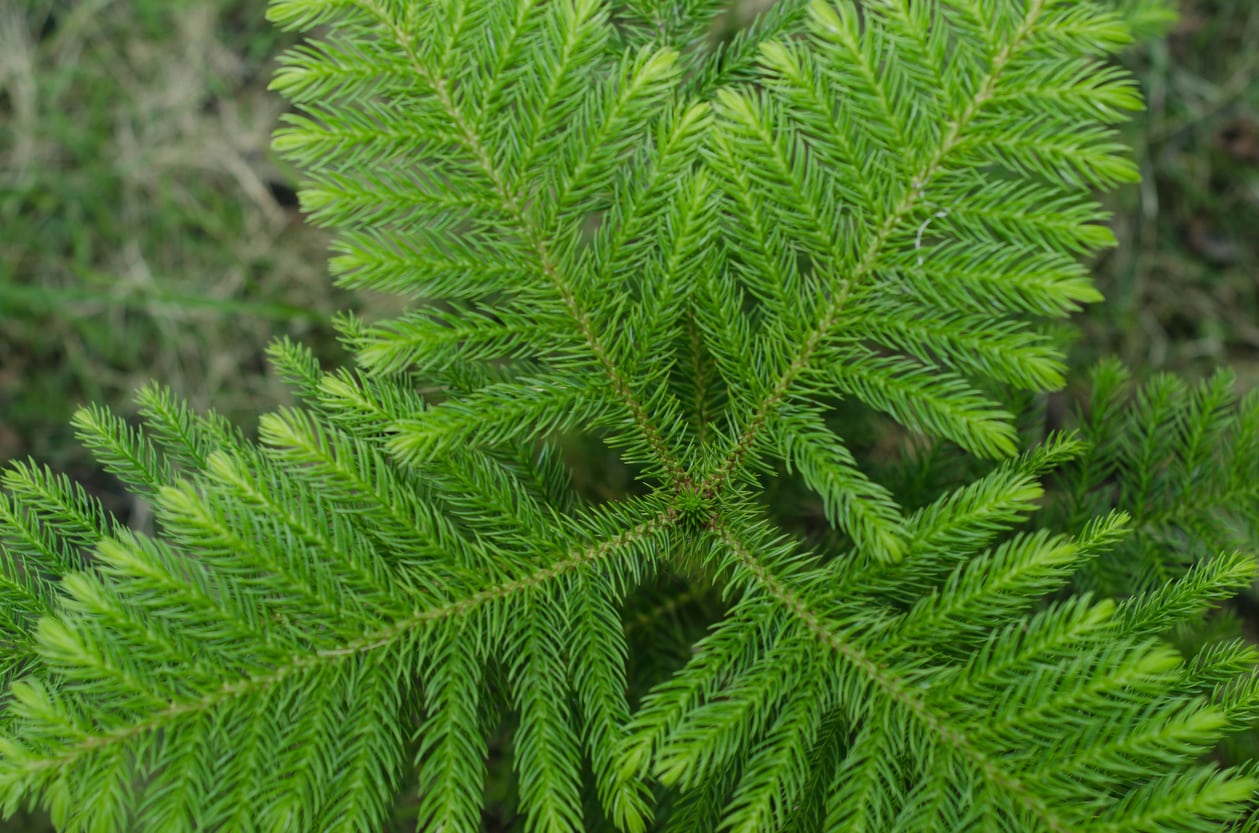 Fertilizing A Norfolk Island Pine Tree – How To Fertilize A Norfolk Island Pine
Fertilizing A Norfolk Island Pine Tree – How To Fertilize A Norfolk Island PineIn the wild, Norfolk Island pines are huge, towering specimens. They also perform very well in containers. But how much fertilizer does a Norfolk Island pine need to stay healthy? Click here to learn how to fertilize a Norfolk Island pine, both indoors and out.
By Liz Baessler
-
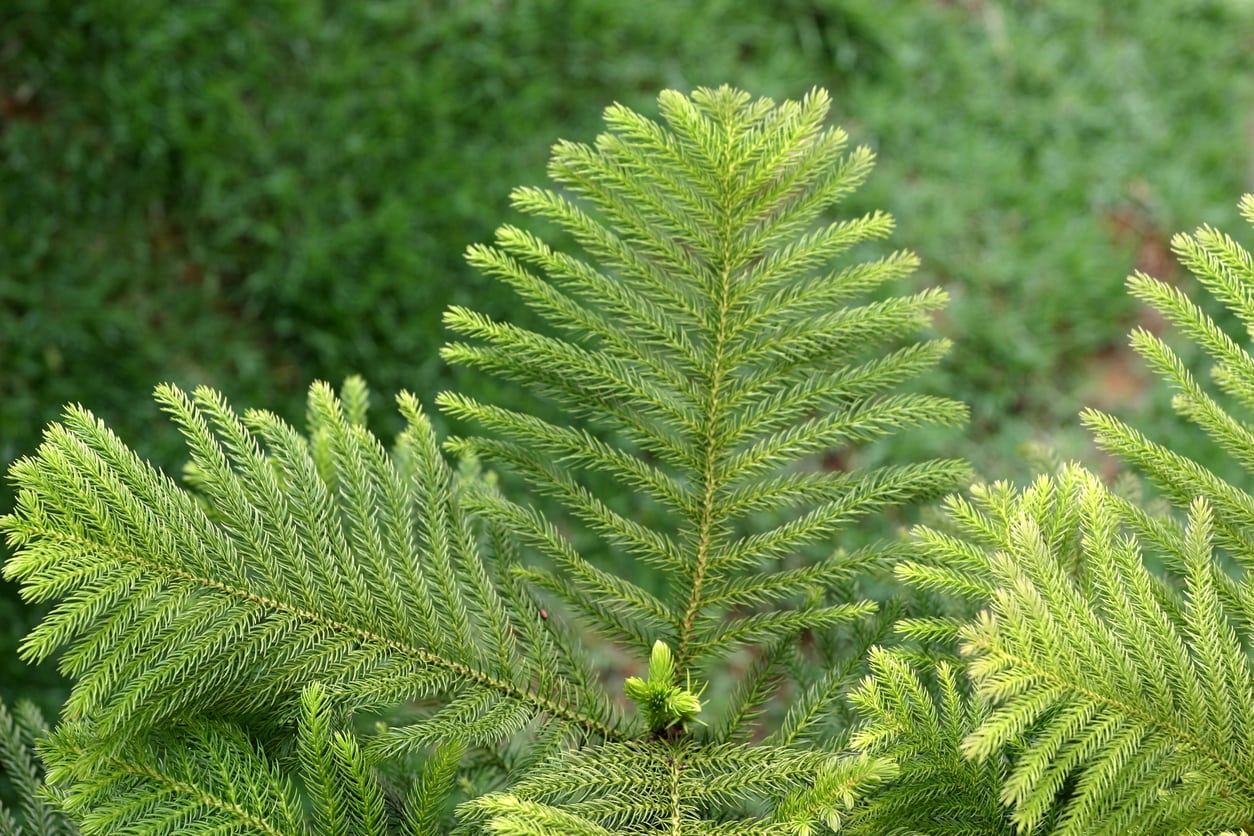 Can A Norfolk Island Pine Grow Outdoors – Planting Norfolk Pines In The Landscape
Can A Norfolk Island Pine Grow Outdoors – Planting Norfolk Pines In The LandscapeYou?re far more likely to see Norfolk Island pine in the living room than a Norfolk Island pine in the garden. Can a Norfolk Island pine grow outdoors? It can in the correct climate. Click here to learn about their cold tolerance and tips on caring for outdoor Norfolk Island pines.
By Teo Spengler
-
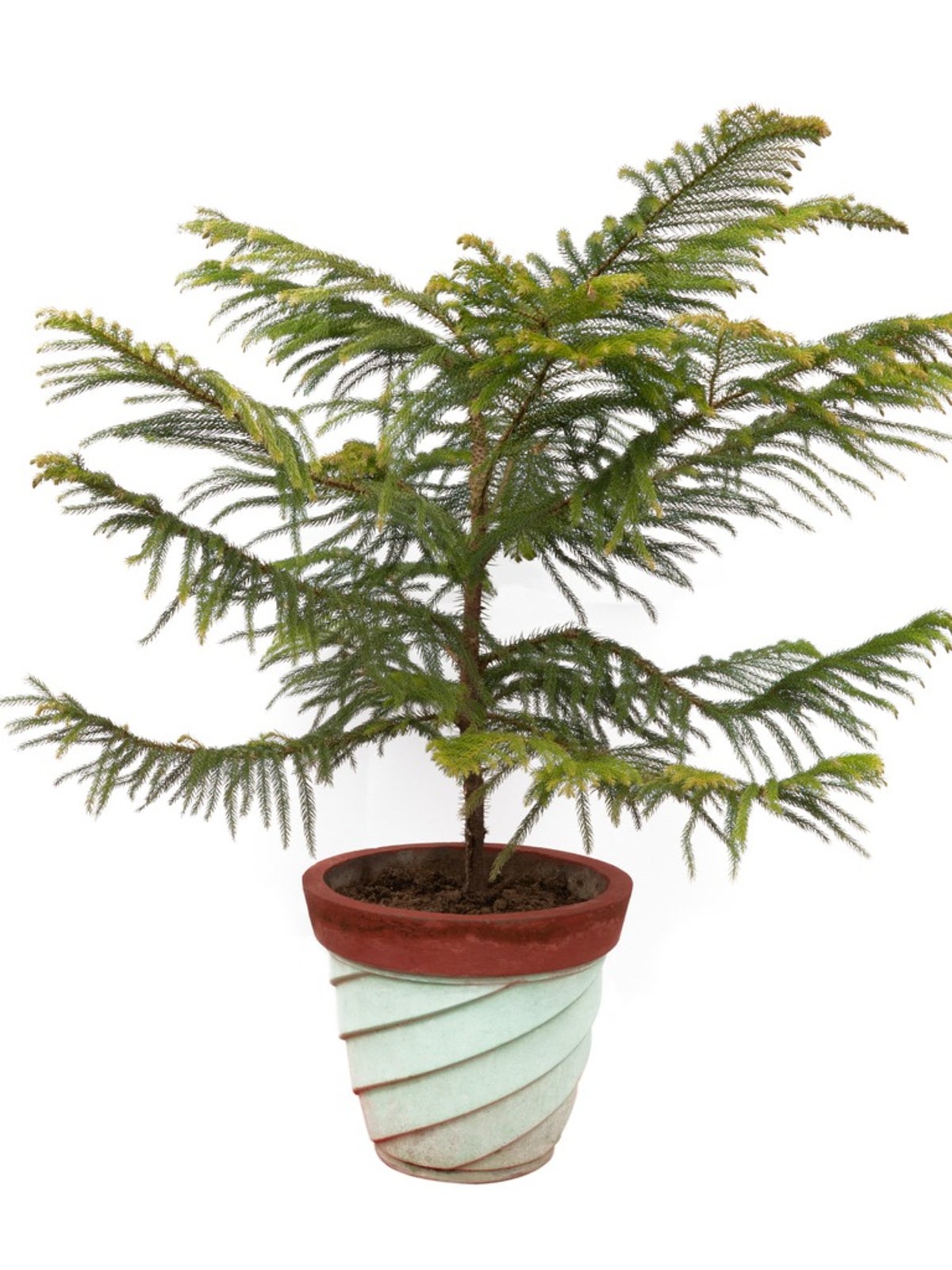 Norfolk Island Pine Repotting: Learn How To Repot A Norfolk Island Pine
Norfolk Island Pine Repotting: Learn How To Repot A Norfolk Island PineThe Norfolk Island pine thrives in warmer climates and can grow very tall, but when grown in containers it makes a nice, compact houseplant in any climate. Learn how to transplant your Norfolk so you can keep it happy and healthy in the following article.
By Mary Ellen Ellis
-
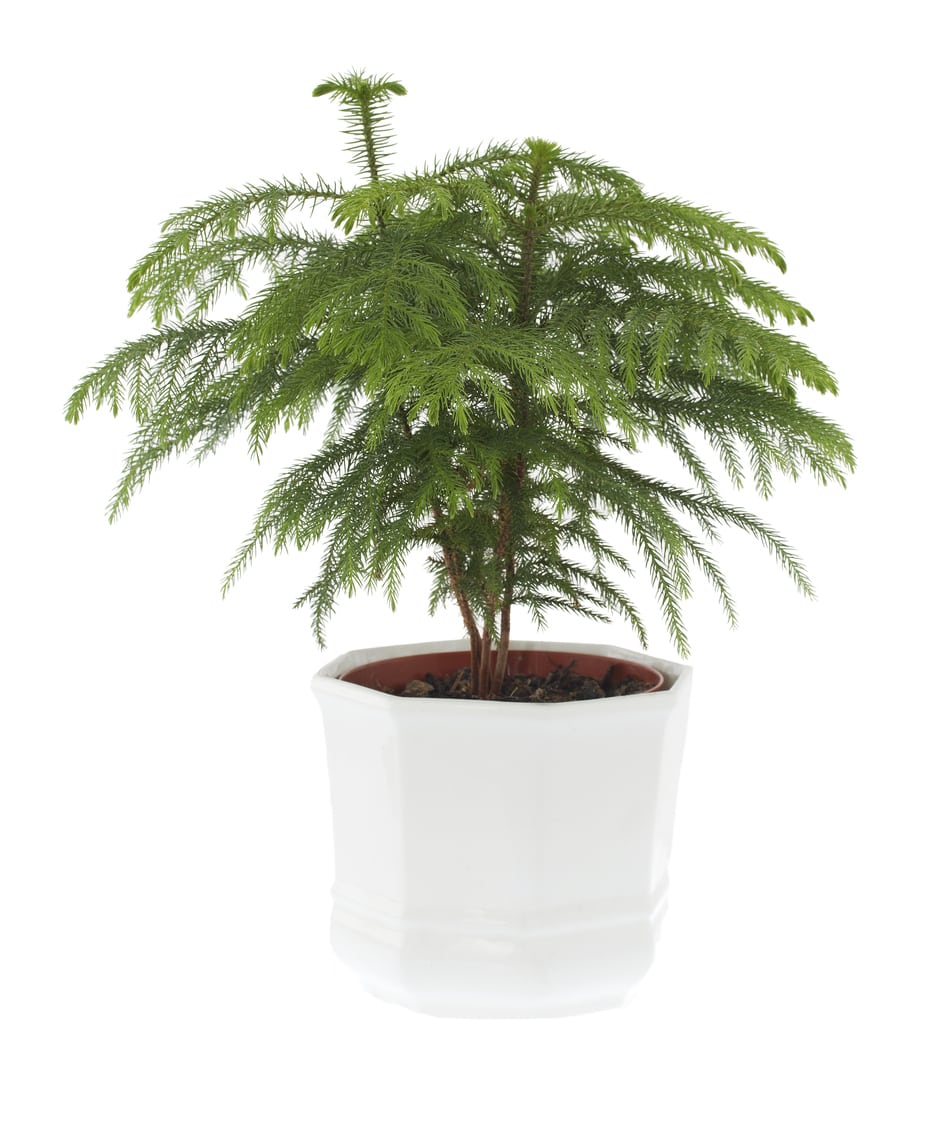 Propagating Norfolk Pines: How To Propagate Norfolk Pine Trees
Propagating Norfolk Pines: How To Propagate Norfolk Pine TreesNorfolk Island pines are graceful, ferny, evergreen trees. Their beautiful symmetrical growth habit make them popular indoor plants. Propagating Norfolk pines from seeds is definitely the way to go for creating more of these plants. Click here for more info.
By Teo Spengler
-
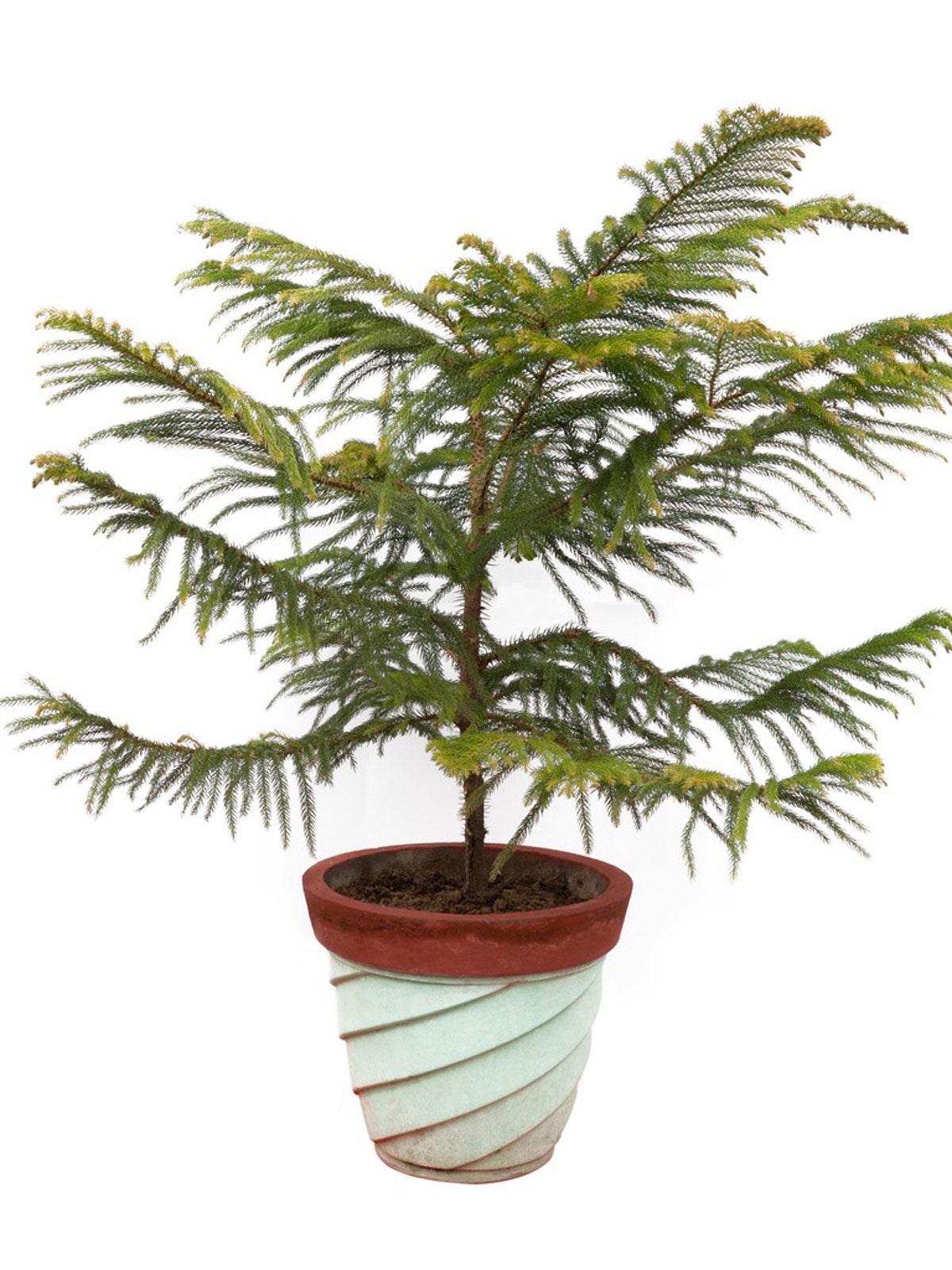 Norfolk Island Pine Pruning: Information On Trimming A Norfolk Island Pine
Norfolk Island Pine Pruning: Information On Trimming A Norfolk Island PineIf you want to keep the container tree or transplant it outdoors, you may want to know about the pruning of Norfolk Island pine trees. Should you prune a Norfolk Island pine? Learn the ins and outs of Norfolk Island pine pruning in this article.
By Teo Spengler
-
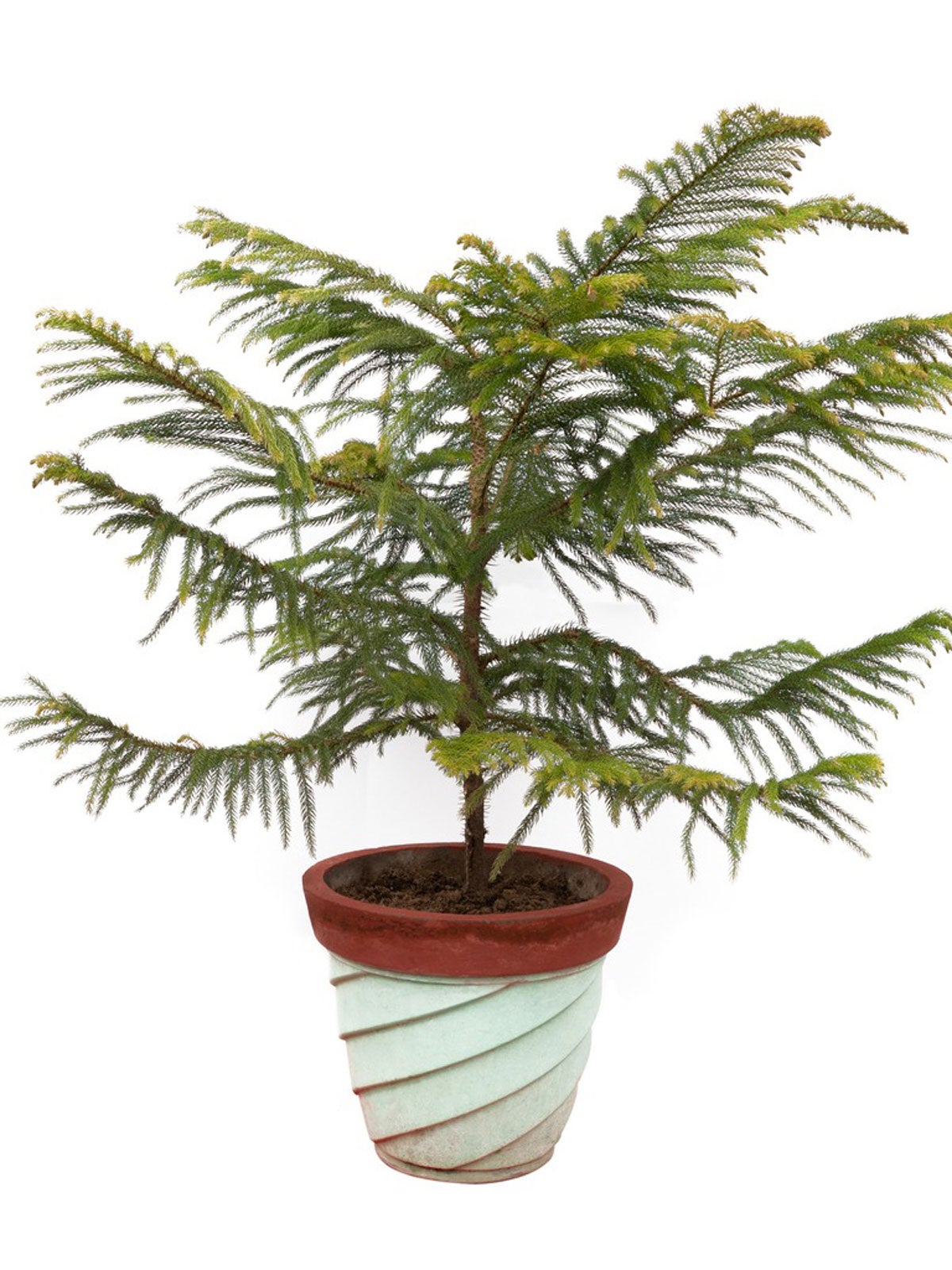 Norfolk Pine Dropping Branches: What To Do For Branch Tips Falling Off Norfolk Pine
Norfolk Pine Dropping Branches: What To Do For Branch Tips Falling Off Norfolk PineAlthough not a true pine, Norfolk Island pines produce beautiful branches and adapt well to indoor life. But what happens when those branches begin dropping? Learn more here.
By Kristi Waterworth